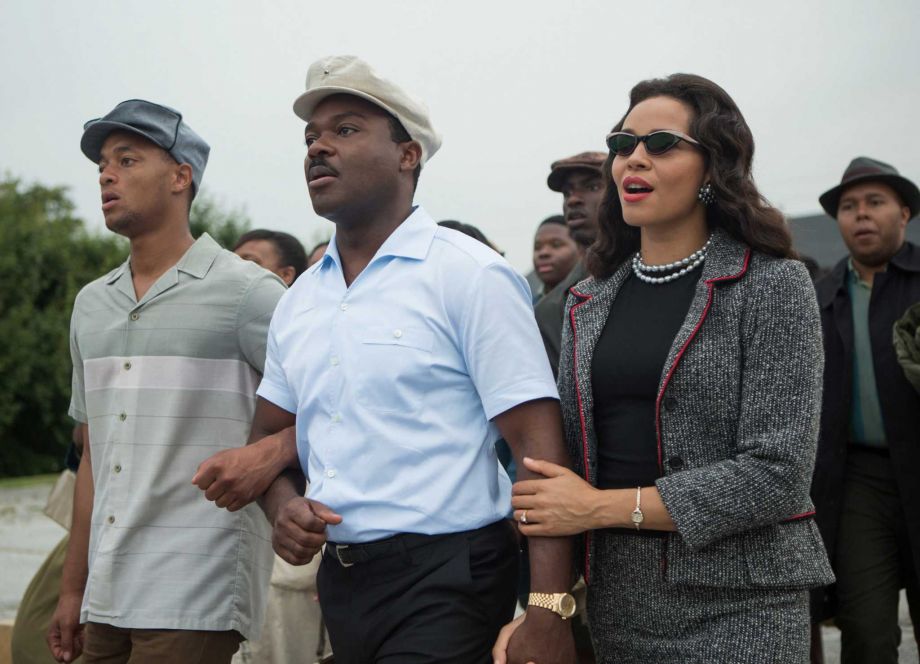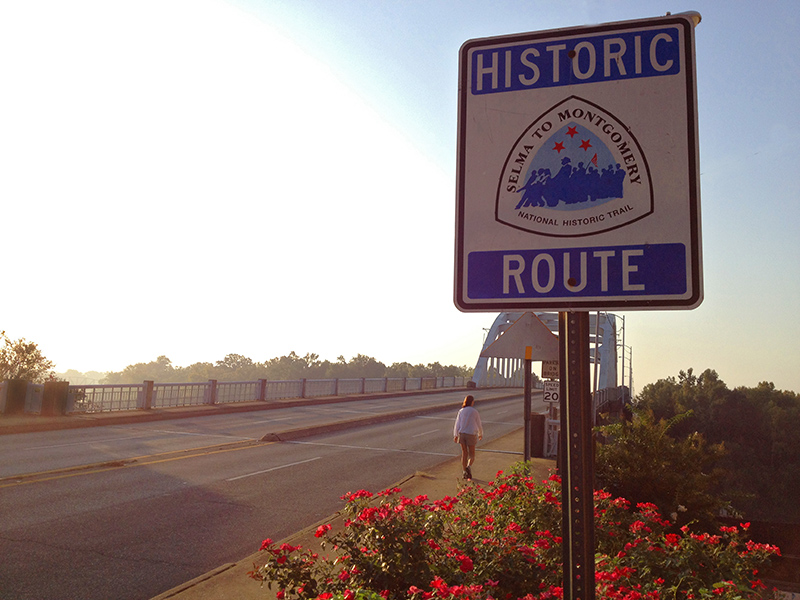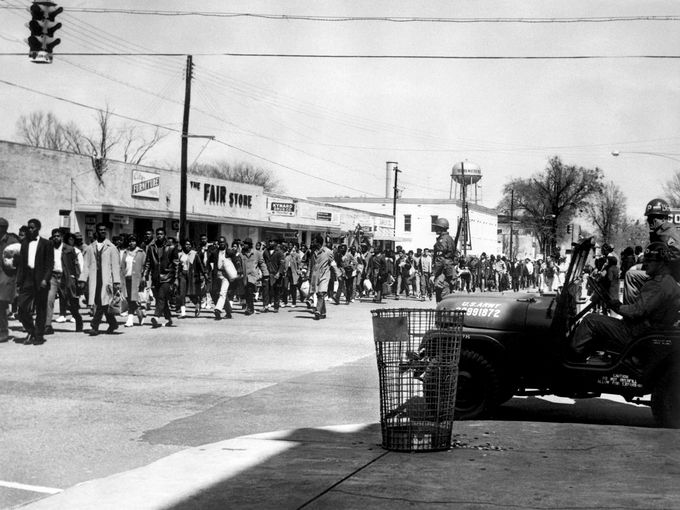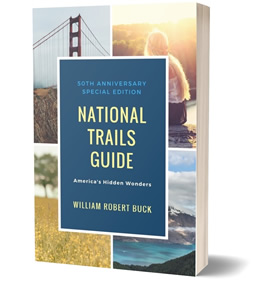It’s hard to imagine that a simple bridge can stand for so much. The Selma to Montgomery National Historic Trail crosses that bridge and provides visitors with a chance to understand the struggles faced by the civil rights movement of the 1960s.
Events that took place on the Edmund Pettus Bridge in Selma provide a window into a different time — when most black people in Alabama weren’t able to vote. Doctor Martin Luther King, Jr. and thousands of others came to bear witness, walking from the city of Selma to the state capitol of Montgomery.
The trail retraces the steps of those marchers and although it’s only 54 miles — short for a national trail — visiting or walking this route makes it possible to glimpse the meaning of the civil rights movement and what it accomplished.
The film Selma (2014), nominated for numerous awards, focuses on the days leading up to the march from Selma to Montgomery. One of the powerful elements of the film is its intimate portrayal of Dr. King and his family. Selma explores the challenges, dangers and sacrifices faced by people working for civil rights in the 1960s.
A hundred years before, following the Civil War, African Americans had been granted the right to vote but this right was elusive in parts of the South. Various methods were used to discourage people from registering to vote — ranging from odd legal formalities to violence. By March 1965, Alabama had counties where a single black person had not voted in 50 years.
Thousands of people came together to try and enforce the rights of citizens to vote and their efforts — as well as millions of outraged Americans — led to the passage of the Voting Rights Act of 1965.
Although local activists had been fighting for their rights for years, the highly charged atmosphere in Selma — as well as the presence of Dr. King, celebrities and news crews — suddenly brought the issue to the forefront on national news. Footage of a horrific riot on the Edmund Pettus Bridge in Selma forced the country to face the fact that racially motivated violence was rampant in the South.
Dr. King encouraged people who believed in the cause to travel to Selma and join them on a four-day march from Selma to Montgomery. The march took place March 21 along U.S. Route 80, under the watch of U.S. Army and Alabama National Guard troops — about 12 miles per day. Participants camped in farmland along the way although the weather was disagreeable: temperatures dropped below freezing and it rained every day. The ground was quite muddy, but the group arrived in Montgomery where about 25,000 people joined them for a historic rally with Dr. King.
Visiting the area today can be a powerful experience. The city of Selma serves as a reasonably good host — though there is blight in the area. For those who wish to explore the history of the Civil Rights Movement and its colorful participants, the Selma to Montgomery Trail provides a gritty and realistic view into moments that changed the nation’s course.
Something happens when visiting national trails like this one — it suddenly becomes clear that incidents in places have meaning beyond the times in which they happened. Visitors and residents may not remember those events in the day to day but they are important nonetheless — and the national trail designation helps these moments live on with dignity.



